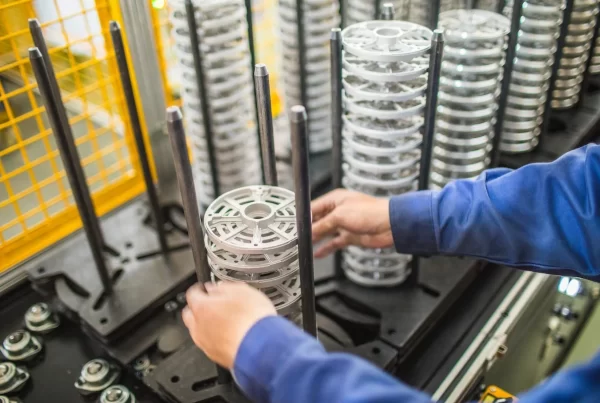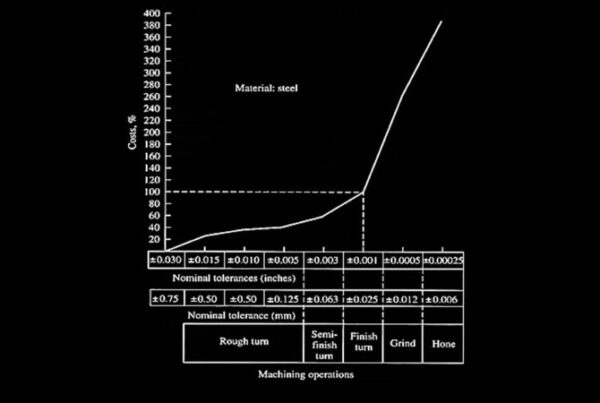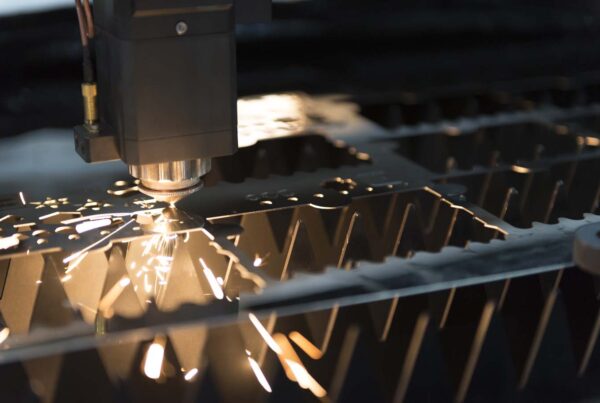As the manufacturing world embraces the modern era, 3D printing – or additive manufacturing – has emerged as a technological boon that is revolutionizing processes in machine shops across the United States. Amid the country’s thriving industrial scene, machine shops are leveraging this innovative technology to streamline production, enhance customization, and bolster cost-efficiency. This article focuses on polymer 3D printing as a tool to help machine shops improve their workflows.
Helping CNC Machining with 3D Printing
At the heart of 3D printing’s appeal to machine shops is its potential for optimization. Traditional subtractive manufacturing methods, like milling or turning, often involve laborious processes and multiple machines. With 3D printing, complex parts such as jigs and fixtures can be produced in one piece, eliminating the need for assembly.
Moreover, the turnaround time from design to final product can be significantly reduced. Once a CAD file is prepared, 3D printers can churn out parts rapidly, helping machine shops in Los Angeles to meet tight deadlines and rapidly fulfill orders, thereby boosting customer satisfaction.
Customized Jigs & Fixtures Made Easy
3D printing also excels in creating custom parts. For machine shops, this opens up endless opportunities for producing bespoke components for clients. Personalized parts, traditionally difficult and expensive to produce, become far easier and cost-effective with 3D printing.
Additionally, 3D printing simplifies the prototyping process. Prototypes can be quickly produced, tested, and adjusted without requiring new tools or molds for each iteration. This speed and flexibility enable Los Angeles machine shops to innovate faster, adapt to client feedback more responsively, and speed up the product development process.
3D Printing can be a Cost-Effective Solution
Traditional manufacturing methods often require expensive tooling, especially for intricate designs. 3D printing, however, transforms digital designs into physical parts directly, negating the need for costly tooling. This cost-saving aspect is particularly advantageous for small-batch production, making it a financially attractive option for many machine shops in Los Angeles.
Moreover, 3D printing uses exactly the amount of material needed for each part, minimizing waste. In an increasingly eco-conscious Los Angeles, California, this efficiency supports sustainability efforts, a growing concern for many local businesses.
3D Printing Supports Machining Processes
Beyond cost-saving and efficiency, 3D printing also delivers high-quality results. With the ability to produce parts with complex geometries and internal structures, machine shops can offer solutions traditional methods can’t match. Whether it’s lightweight parts with internal lattices or complex geometries with integrated moving parts, 3D printing brings designs to life with unprecedented precision.
Furthermore, the range of materials suitable for 3D printing has expanded significantly. Machine shops can now print using various plastics, metals, and even composite materials, ensuring high-quality components that meet diverse needs.
A Competitive Necessity for AeroDef Machine Shops
In the competitive landscape of Los Angeles, 3D printing offers machine shops a crucial advantage. With faster production, enhanced customization, cost efficiency, and high-quality components, machine shops can meet the evolving demands of customers and stay ahead of the competition.
Moreover, 3D printing aligns with Los Angeles’ reputation as a hub for innovation and sustainability. Embracing this technology not only positions a machine shop as a forward-thinking establishment but also appeals to the city’s environmentally-conscious clientele.
The benefits of 3D printing for machine shops in Los Angeles are clear. By adopting this technology, machine shops can optimize their production processes, deliver high-quality and customized components, save costs, and maintain a competitive edge in the bustling Los Angeles industrial scene. With 3D printing, the future of manufacturing in Los Angeles is not just promising; it’s already here.





